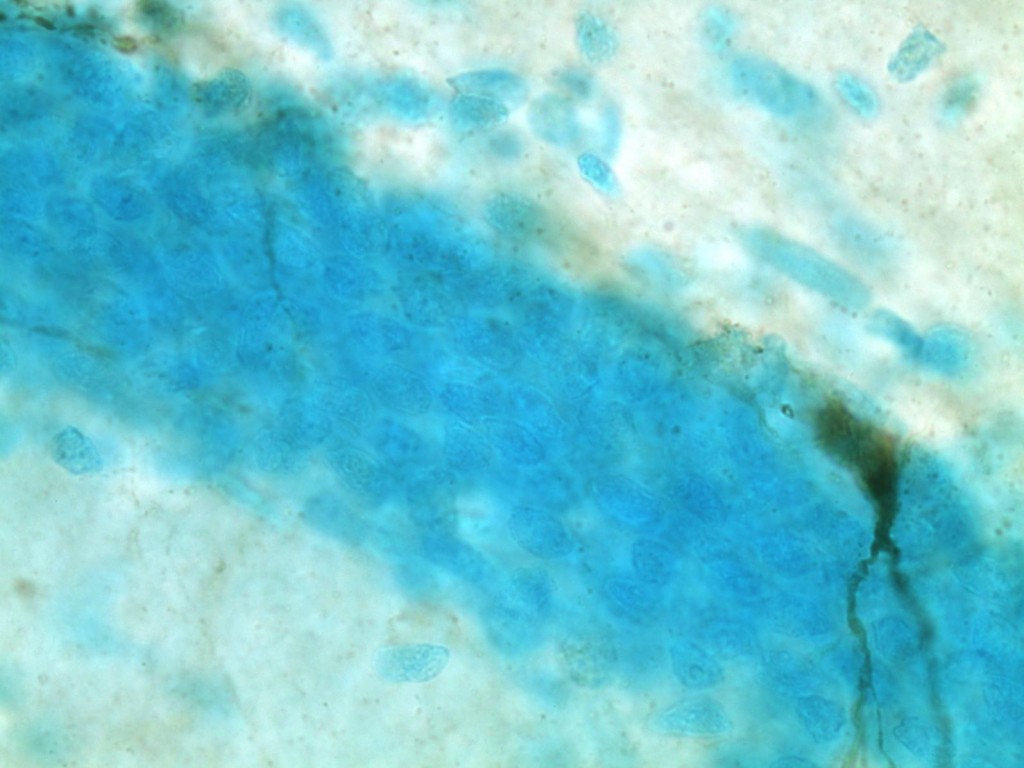
Exercise Heals the Brain After Binge Drinking
Binge drinking damages brain regions responsible for memory, decision-making, and behavioral control. After a binge, the brain begins to heal itself but not much is known about this self-repair process. In a study published in PLoS ONE, researchers used rats to find that binge drinking damages the hippocampus, and exercise reverses this damage.
The study found that excessive ethanol killed granule neurons in the dentate gyrus (DG), a part of the hippocampus, and significantly decreased the volume of the DG. Rats that exercised after binging had more DG granule neurons and a larger DG than rats that did not exercise after a binge. In fact, rats that exercised after binging had a similar number of DG neurons and a similar DG volume to that of controls, indicating that exercise almost fully reversed damaged to the DG caused by binge drinking.
“The granule cell layer of the dentate gyrus is an incredibly dense layer of mature neurons that is typically very difficult to quantify and make assessments of,” said Mark E. Maynard, a co-author of the paper. “In addition, the hippocampus itself is a very large structure relative to the rest of the rodent brain, adding to the difficulty of quantifying changes to it.”
To analyze the dentate gyrus, Mark Maynard and Dr. Leasure used an MBF system equipped with a Nikon Eclipse 80i microscope and Stereo Investigator. They used the Optical Fractionator probe in Stereo Investigator to quantify the number of granule cells in the DG and the Cavalieri probe to quantify volume of the DG.
[slideshow_deploy id=’5194′]
“Using Stereo Investigator software we were able to look at a sample of the dentate gyrus and get an accurate estimate of the number of remaining granule cells and volume of the layer itself that was sensitive, to detect changes in response to binge alcohol exposure,” said Mark Maynard.
Mark Maynard and Dr. Leasure describe the stereology study in detail in the methods section of their paper. Read it here: Maynard ME, Leasure JL (2013) Exercise Enhances Hippocampal Recovery following Binge Ethanol Exposure. PLoS ONE 8(9): e76644. doi:10.1371/ journal.pone.0076644



